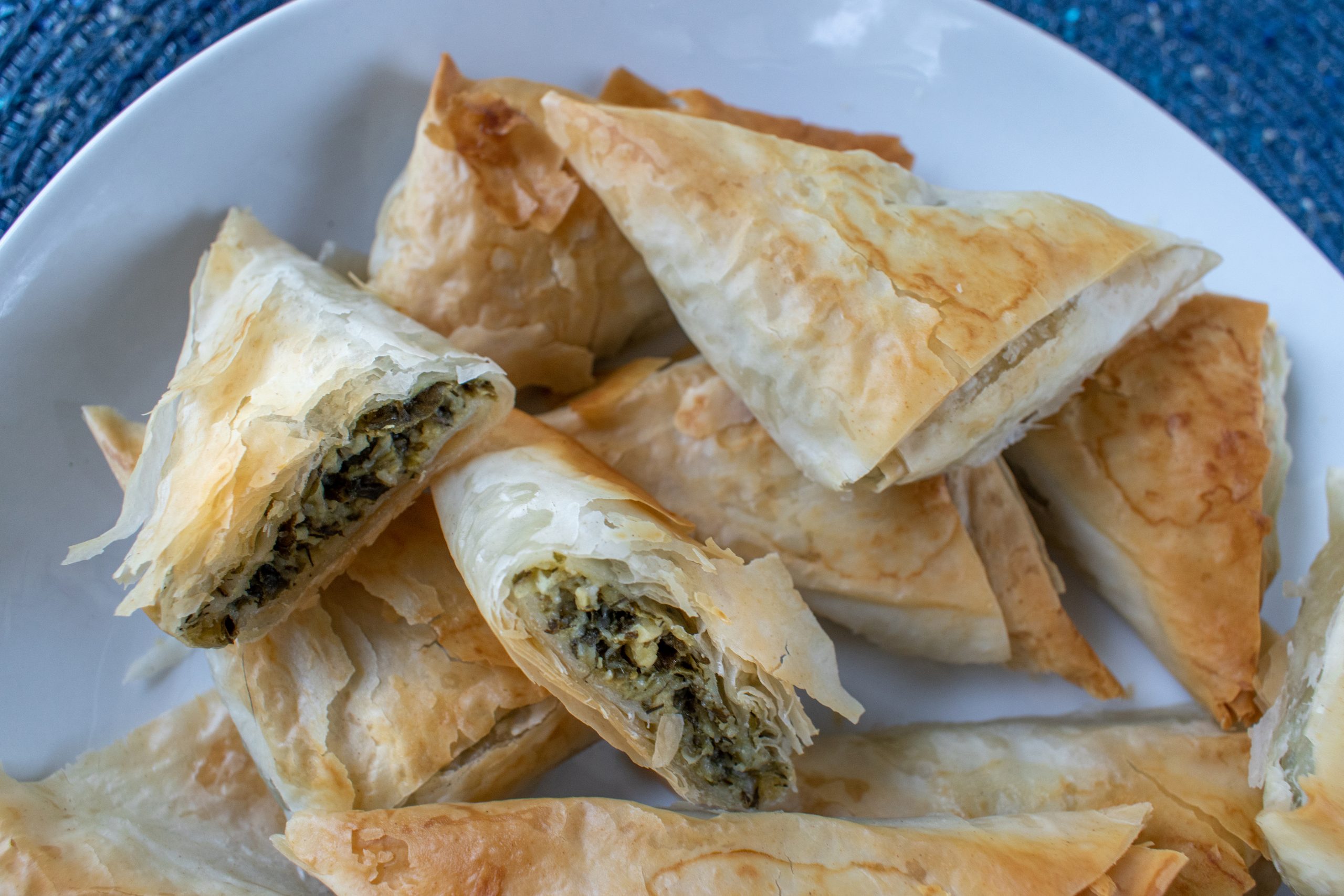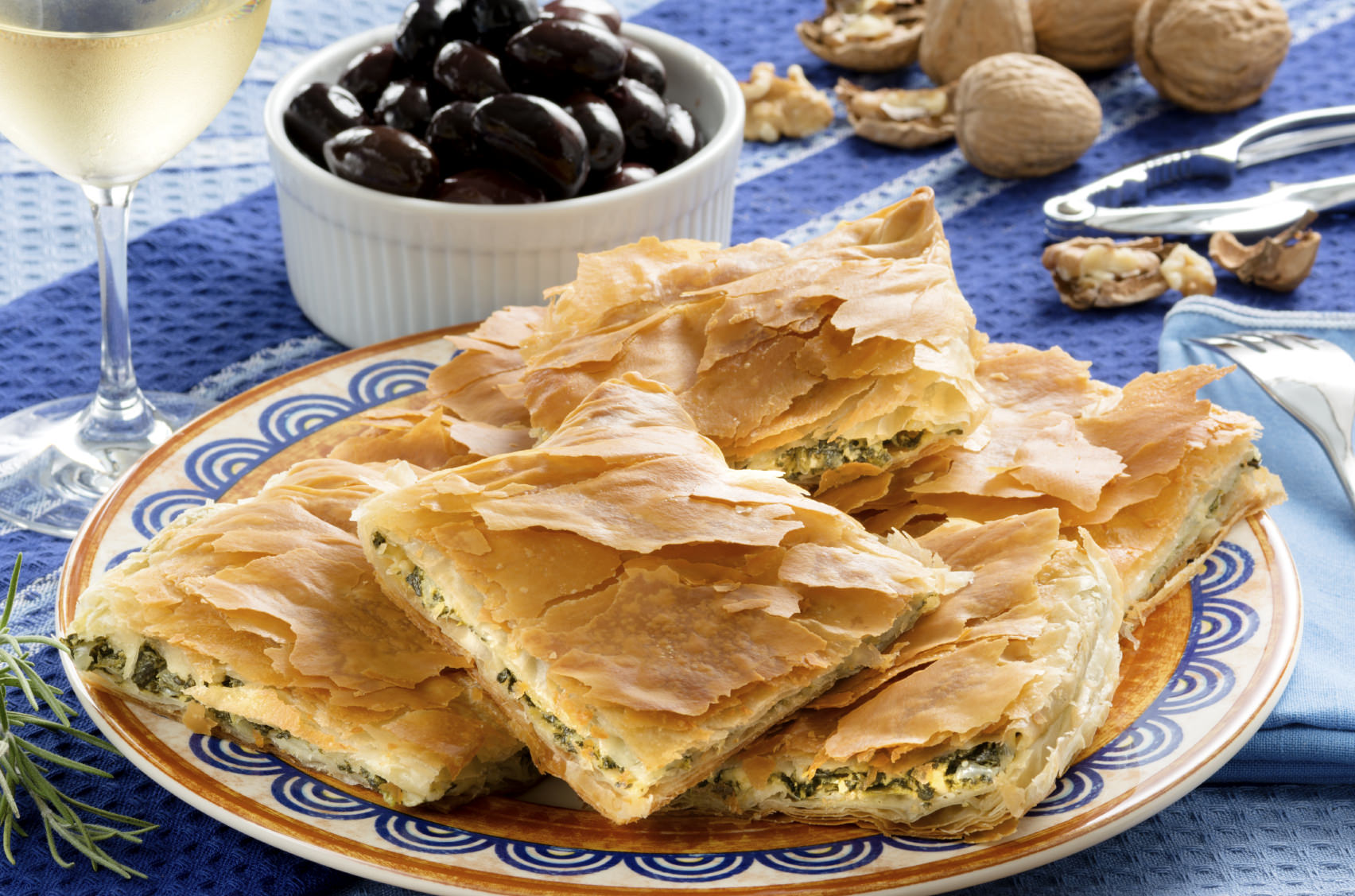It's getting warm out and time to break out the grill! I am interested in how do Greek people in Greece grill? I've had so many delicious grilled foods in Greece, I am having a hard time getting the same flavors here in the United States.
I've tried my hand at a few recipes, aiming to capture that authentic taste, but I feel like there's a deeper level of technique and tradition that I'm just not hitting. From choosing the right ingredients to mastering the grill itself, I know there’s a wealth of subtleties that can turn a good dish into a great one.
Do they use certain marinades or techniques? I've watched people in Greece grill - they don't even really follow recipes.




